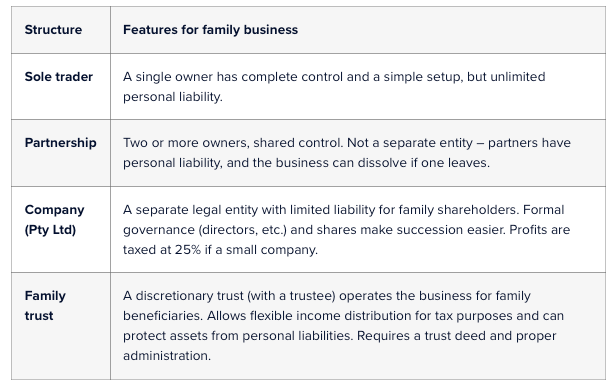Practice Update August 2018
The Bill aims to progressively extend the lower 27.5% corporate tax rate to all corporate tax entities by the 2023/24 financial year, and further reduce
the corporate tax rate in stages so that, by the 2026/27 financial year, the corporate tax rate for all entities would be 25%.
Editor: Just in case the tax cut situation wasn't confusing enough, the leader of the Opposition, Bill Shorten, announced at a doorstop interview that,
if elected, Labor would repeal the existing company tax cuts for companies with turnover between $10 and $50 million.
- leaving out some of their income (e.g., forgetting a temp or cash job, capital gains on cryptocurrency, or money earned from the sharing economy);
- claiming deductions for personal expenses (e.g., home to work travel, normal clothes or personal phone calls);
- forgetting to keep receipts or records of their expenses (around half of the adjustments the ATO makes are because the taxpayer had no records, or they were poor quality);
- claiming for something they never paid for – often because they think everyone is entitled to a ‘standard deduction’; and
- claiming personal expenses for rental properties – either claiming deductions for times when they are using their property themselves, or claiming interest on loans used to buy personal assets like a car or boat.
- They are not required to provide their employees with payment summaries for the information they report through STP (although they may choose to provide
payment summaries for the first year of STP reporting).
- Income statements' will replace payment summaries.
- Employees' income statements are available through pre-filling and myGov.
- The income statement has three categories: 'Tax ready', 'Not tax ready' and 'Year-to-date'. Only 'tax ready' income statements are complete and will be available through pre-filling.
- Income statements may not be tax ready until 14 August this year. Employers have until this date to finalise their STP data.
For example, employers that live in an area where there is no internet connection, or where the connection or service is intermittent or unstable, can
apply for a deferral or even (in very limited circumstances) an exemption.
Cents per Km Deduction Rate for Car Expenses from 1 July 2018
- should not sign any documents nor provide them with any personal details;
- stop any involvement with the scheme, organisation or the person who approached them; and
- seek advice from a professional advisor or the ATO.

